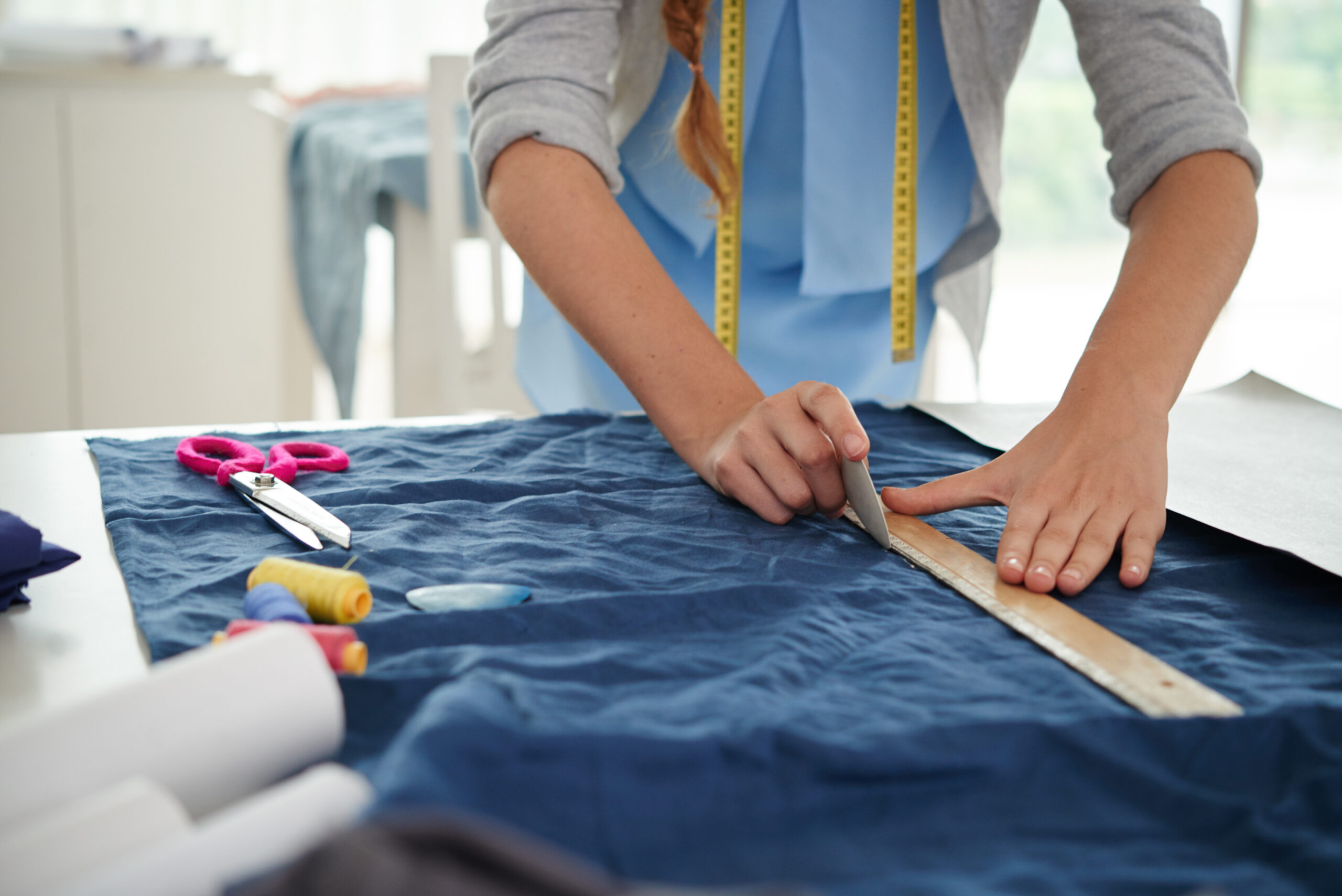Introduction
In today’s world, niche terms often pique interest and raise questions. One such term that may appear intriguing is Nahttypen. This article will explore what Nahttypen is, its origins, applications, and its importance, ensuring a deeper understanding of this topic for audiences, especially in the USA. Whether you’re a beginner or have heard of Nahttypen before, this article will serve as a useful resource.
What is Nahttypen?
Nahttypen, in a literal sense, refers to various types of stitching or seam types in the world of textiles and tailoring. This term is particularly used in the context of crafting, sewing, and fashion design. Every kind of Nahttypen has its distinct feature and application, allowing it to be utilized for different materials and end products.
These seam types are essential not only for their functionality in ensuring durability but also for their role in aesthetic enhancement in fashion. Understanding the different kinds of Nahttypen is crucial for anyone interested in textile crafts or garment manufacturing.
Origin and History of Nahttypen
The term “Nahttypen” is derived from German, with “Naht” meaning seam or stitch, and “Typen” meaning types. The usage of different types of stitches and seams has been around for centuries, originating from early garment-making techniques in Europe.
Historically, different cultures developed unique Nahttypen to suit their specific textile needs. For example, while some regions focused on strength and durability in seams due to harsh weather conditions, others emphasized the decorative aspect of stitching, particularly in fashion.
Today, Nahttypen is a broad term encompassing a variety of techniques used across the globe, from industrial garment production to creative, handmade embroidery.
Types of Nahttypen
There are several popular types of Nahttypen, each designed for specific purposes in tailoring and stitching. Some of the common Nahttypen include:
- Geradstich (Straight Stitch): The most common type, used for most everyday sewing tasks. It is a simple stitch but essential for creating a strong seam.
- Zickzackstich (Zigzag Stitch): This type of stitch is primarily used for finishing edges, ensuring that fabric does not fray.
- Overlock stitch (Overlock Stitch): Often used in industrial sewing, the overlock stitch is perfect for creating clean and professional seams in garments.
- Kettenstich (Chain Stitch): A decorative stitch commonly used in hand-embroidery and on decorative garments.
Each of these Nahttypen has its unique set of characteristics, which make it ideal for specific projects. For example, the overlock stitch is highly valued in commercial garment production for its strength and durability, while the chain stitch is prized in fine embroidery for its elegant appearance.
The Importance of Nahttypen in Fashion and Textiles
Nahttypen plays a fundamental role in the fashion and textile industries. Without these various stitching techniques, the production of garments and textiles would not be as efficient or durable. These stitches serve more than just functional purposes; they also contribute to the overall aesthetic appeal of a garment.
The right stitching technique ensures that clothes not only last longer but also maintain their structural integrity, giving designers more freedom to experiment with different materials. Whether you’re designing a sturdy jacket or a delicate blouse, choosing the right Nahttypen is key to achieving the desired result.
Best Practices for Using Nahttypen Correctly
When working with Nahttypen, it is essential to use the correct technique for each material. For example, using a straight stitch on lightweight fabric may cause the seams to become weak, while using a zigzag stitch on thicker fabric may result in bulky seams. Here are a few best practices:
- Know Your Fabric: Always choose a Nahttypen that complements the fabric you’re working with.
- Use the Right Tools: Different Nahttypen require different tools, such as sewing machines, needles, and threads. Make sure you’re equipped with the right tools to achieve the best results.
- Practice and Experiment: If you’re new to sewing, take time to practice the different stitches on scrap fabric before working on your final piece.
By following these tips, you can ensure that you are using Nahttypen effectively to create durable, functional, and aesthetically pleasing pieces.
Common Misconceptions About Nahttypen
While Nahttypen is a technical term, there are many misconceptions about its complexity. One common misconception is that only professionals can master various stitching techniques. In reality, anyone with a sewing machine can learn the basics of Nahttypen. The key is consistent practice and understanding the different types as per their needs.
Another misconception is that all Nahttypen serve only functional purposes. However, as discussed earlier, many stitching types also serve aesthetic functions, adding beauty to garments and accessories.
The Future of Nahttypen
As fashion evolves, the types and applications of Nahttypen are likely to expand. With the rise of sustainable fashion, more designers are opting for eco-friendly stitching techniques that are both durable and environmentally friendly. Additionally, advancements in technology, such as automated sewing machines, are allowing for faster production of garments with more intricate Nahttypen.
In the future, the use of Nahttypen may also become more varied, with designers incorporating innovative stitches into their creations, pushing the boundaries of what’s possible in fashion and textiles.
Conclusion
Nahttypen, though a niche concept in the world of textiles, holds significant importance for anyone involved in fashion design, garment production, or even DIY sewing. Whether you’re exploring the different types of stitching or looking for the right technique to use in your projects, understanding Nahttypen is essential. By following the best practices and debunking common misconceptions, you can enhance your sewing skills and create garments that are both beautiful and durable.
For further reading and a more detailed history of various stitching techniques, you can visit Wikipedia.






